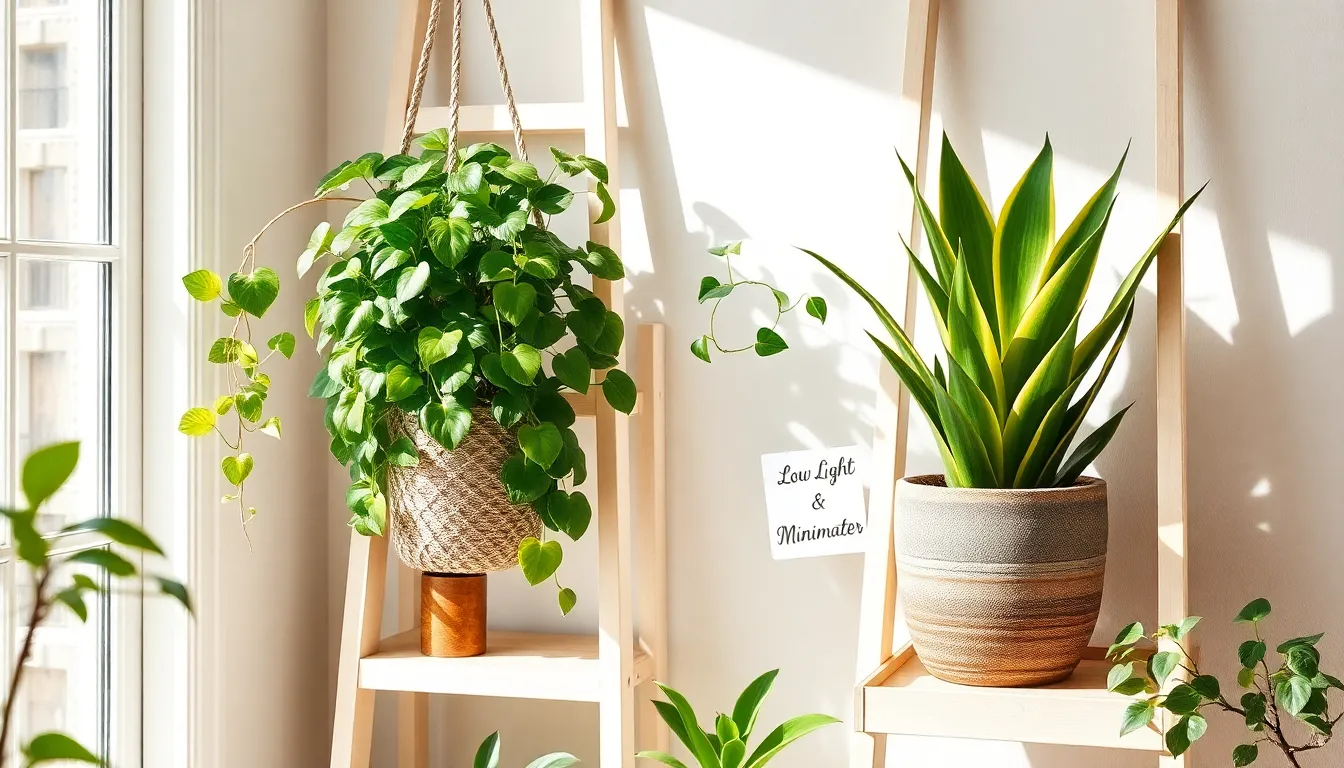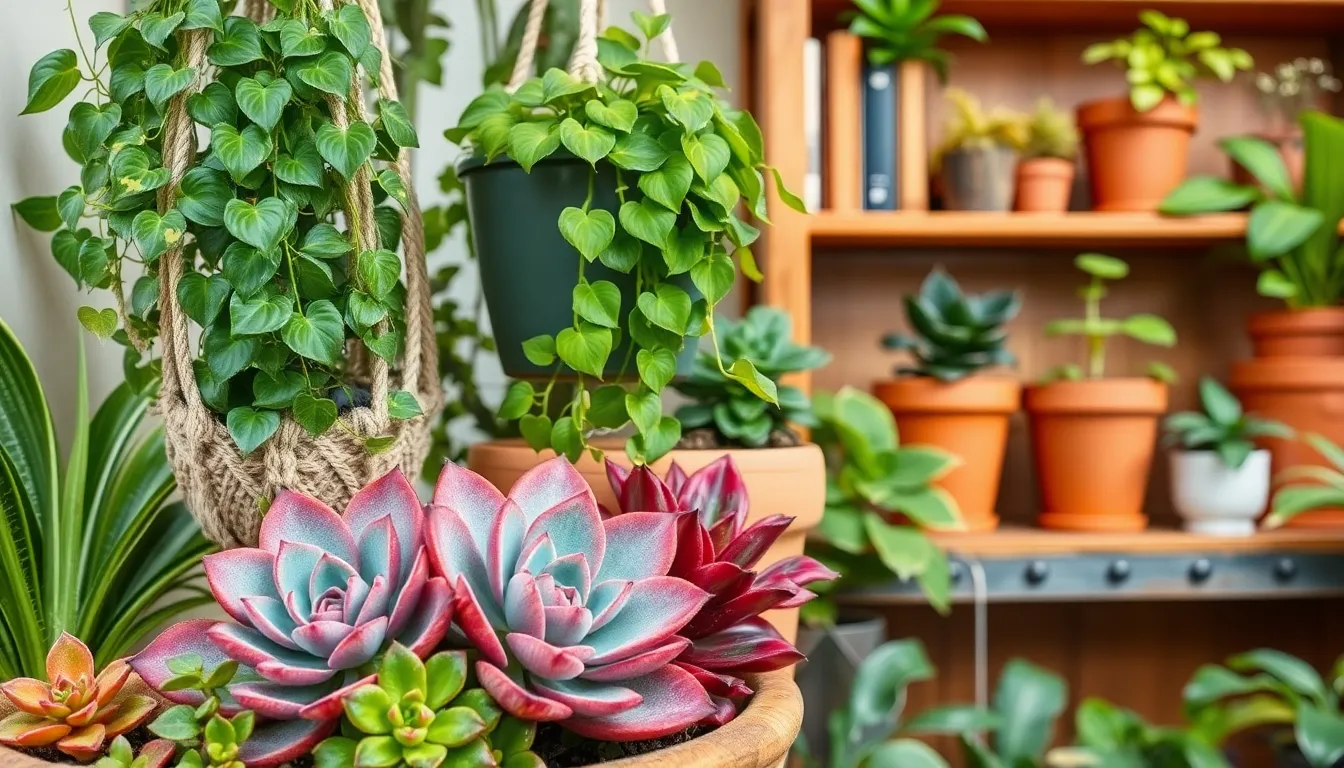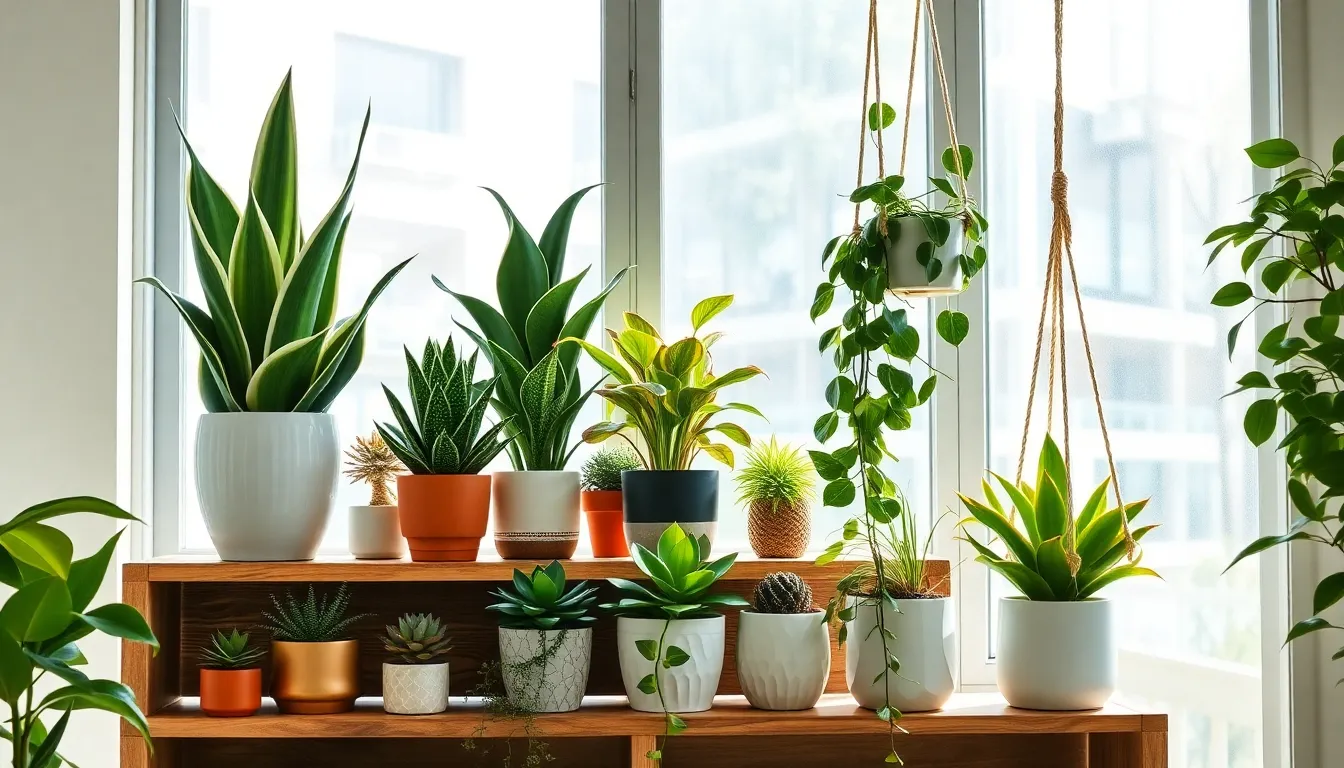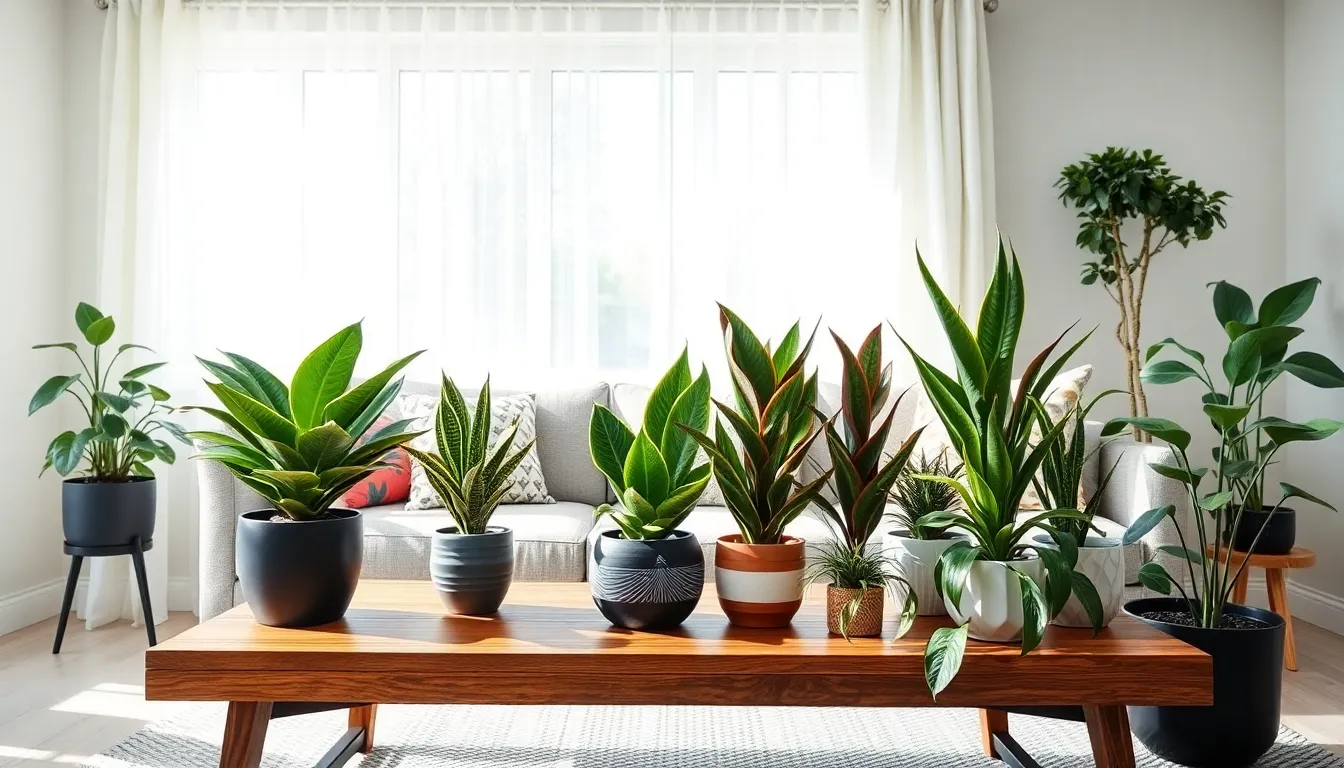Embarking on the journey of nurturing houseplants is like welcoming a breath of fresh air into your home, and for beginner gardeners, it’s an exhilarating first step into the world of greenery. Even seasoned plant enthusiasts will find joy in revisiting the fundamentals and discovering the beauty in simplicity, as each pot holds not just soil, but the potential for growth and life. Houseplants are more than just decorative accents; they are living companions that cleanse the air, boost your mood, and connect you with nature in the comfort of your own space.
This article is your friendly guide to selecting the perfect houseplants that cater to your specific needs, lifestyle, and level of experience. Whether you’re navigating the basics or refining your green thumb, you’ll find practical advice on choosing resilient plants that thrive with minimal fuss, ensuring success from the start. Together, we’ll explore a curated selection of easy-to-care-for plants, each chosen for their adaptability and charm, making them ideal candidates for both novice and seasoned gardeners alike.
By the end of your reading, you’ll be equipped with essential tips on watering, lighting, and general care, transforming your home into a lush haven that reflects your personal touch. As you grow in confidence and skill, you’ll see that houseplants are not just a hobby but a rewarding lifestyle that enriches your living space and well-being. Let’s dive in and discover the joy of cultivating a thriving indoor garden that welcomes you home with open leaves.
Choosing Easy-Care Houseplants
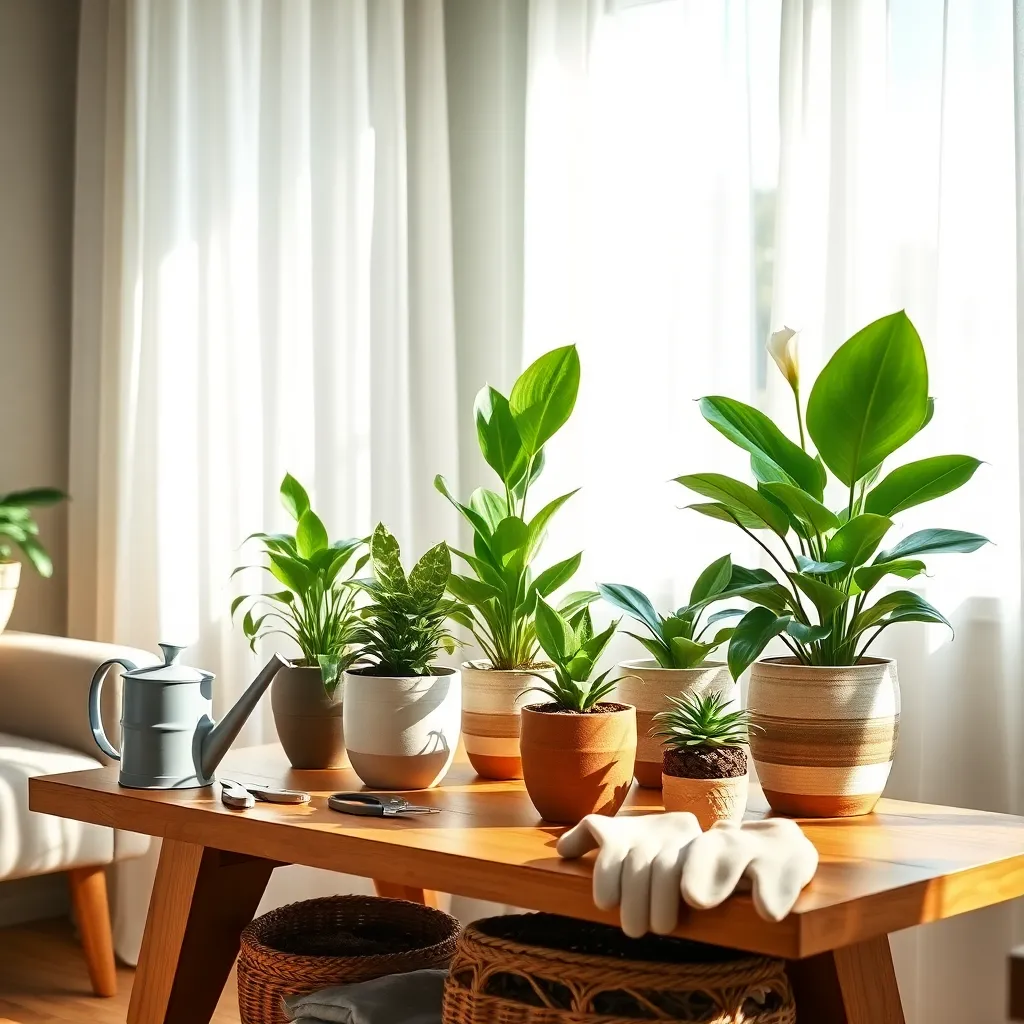
For beginner gardeners, selecting easy-care houseplants can boost confidence and success in indoor gardening. Start with species that thrive on minimal care, such as the trusty Snake Plant and the resilient ZZ Plant.
The Snake Plant, also known as Sansevieria, is an ideal choice due to its tolerance for low light and infrequent watering. Place it in well-draining soil, like a cactus mix, and ensure the pot has drainage holes to prevent root rot.
Another excellent option is the ZZ Plant, which thrives in various light conditions and requires watering only when the soil is completely dry. Its rhizomes store water, making it highly drought-tolerant and perfect for those who may forget to water regularly.
Both these plants will benefit from occasional feeding during the growing season. Use a balanced, water-soluble fertilizer diluted to half strength, applying it once every two months in spring and summer.
Advanced gardeners might enjoy experimenting with indoor humidity levels to encourage lush growth. A simple way to increase humidity is to group plants together or place them on trays filled with pebbles and water, ensuring the pots don’t sit directly in the water.
Understanding Light Needs
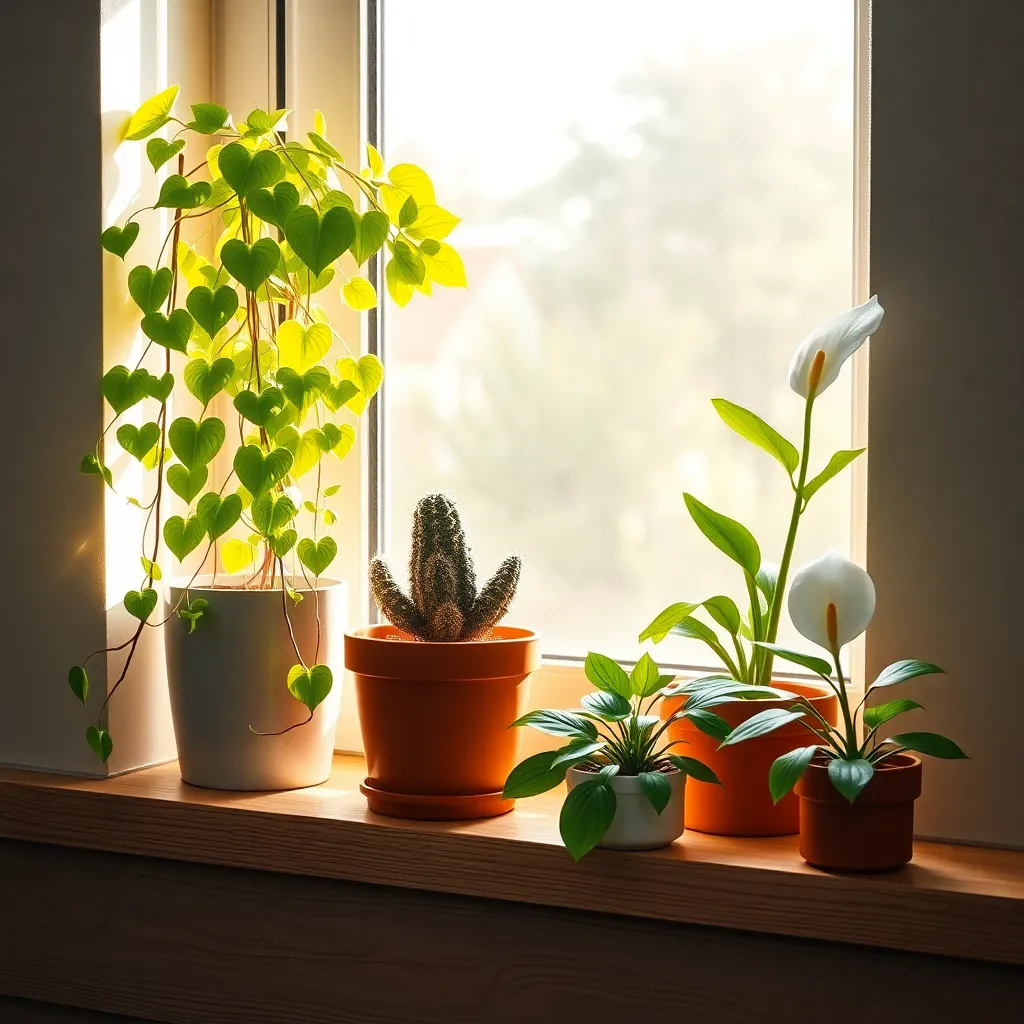
Understanding the light needs of houseplants is crucial for their growth and vitality. Different plants require varying amounts of light, and knowing these needs helps you place them in the optimal spot in your home.
It’s important to differentiate between direct, indirect, and low light conditions. Direct light refers to sunlight that shines directly onto a plant for several hours a day, ideal for succulents and cacti.
In contrast, indirect light is when the sun does not shine directly on the plant, but it still receives bright light, which works well for most houseplants like pothos and peace lilies. Low light conditions are suitable for plants such as snake plants and ZZ plants, which thrive in dimmer corners of your home.
To determine your plant’s light needs, observe the natural light patterns in your home over the course of a day. Consider using the hand test: place your hand between the light source and the plant; a defined shadow indicates direct light, while a softer shadow suggests indirect light.
When light levels are insufficient, consider supplementing with grow lights, which are especially useful during shorter winter days. These lights can help provide the necessary light spectrum for photosynthesis, ensuring your plants remain healthy year-round.
Remember, the position of your plant can dramatically affect its growth, so take time to experiment and observe how your plant responds. Adjusting your plant’s exposure based on the season can also promote optimal growth and prevent issues like leggy stems or leaf burn.
Simple Watering Tips

Watering your houseplants correctly is crucial for their health and growth. Overwatering is one of the most common mistakes beginners make, leading to root rot and other issues.
It is essential to understand the specific water needs of each plant species. For instance, succulents and cacti prefer the soil to dry out completely between waterings, while ferns thrive in consistently moist soil.
To determine when to water, check the top inch of the soil with your finger. If it feels dry, it’s time to water, but if it’s still damp, wait a few more days.
Use a pot with drainage holes to prevent water from accumulating at the bottom, which can suffocate plant roots. Consider placing a saucer under the pot to catch excess water, but be sure to empty it to avoid standing water.
During the growing season, typically spring and summer, plants may require more frequent watering as they actively use more resources. In contrast, during the dormant winter months, many plants will need less water, so adjust your routine accordingly.
- Water early in the morning to allow the plant to absorb moisture before the heat of the day.
- Use room-temperature water to avoid shocking the plant’s roots.
- For plants like orchids, consider using rainwater or distilled water to prevent mineral buildup.
Basic Potting and Repotting
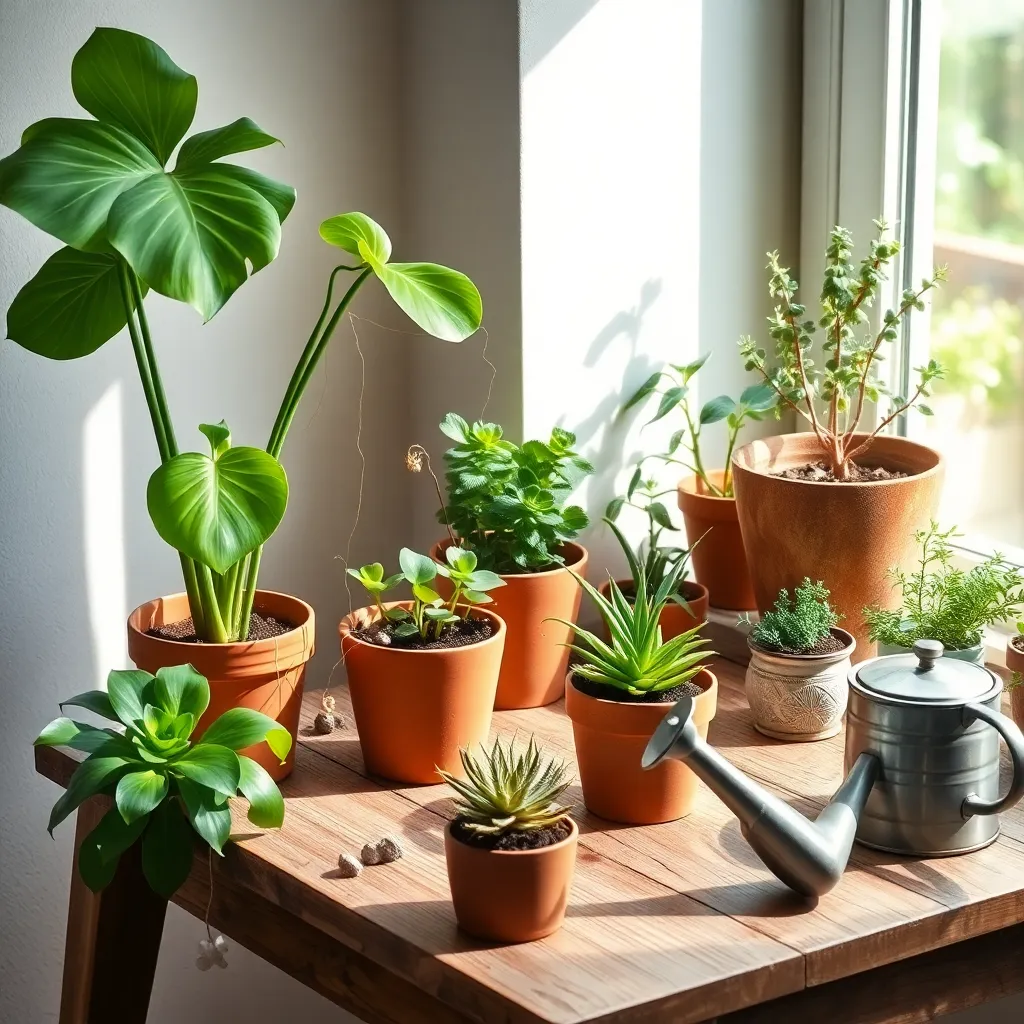
Potting and repotting your houseplants is essential for their growth and health. When choosing a container, ensure it has drainage holes to prevent waterlogging, which can lead to root rot.
A good potting mix is crucial for the well-being of your plants. Use a lightweight, well-draining soil that retains moisture but allows excess water to escape.
For most houseplants, consider repotting every one to two years. This process not only gives your plant more room to grow but also replenishes nutrients in the soil, boosting its health.
Before repotting, water your plant thoroughly a day or two in advance. This makes it easier to remove the plant from its old pot without damaging the roots.
Gently loosen any tightly bound roots before placing the plant in its new pot. Fill in around the root ball with fresh potting mix, pressing down lightly to eliminate air pockets.
After repotting, water the plant thoroughly to help settle the soil. Place it back in a spot with the appropriate light conditions, as this will help it adjust to its new home more quickly.
Recognizing Common Plant Issues
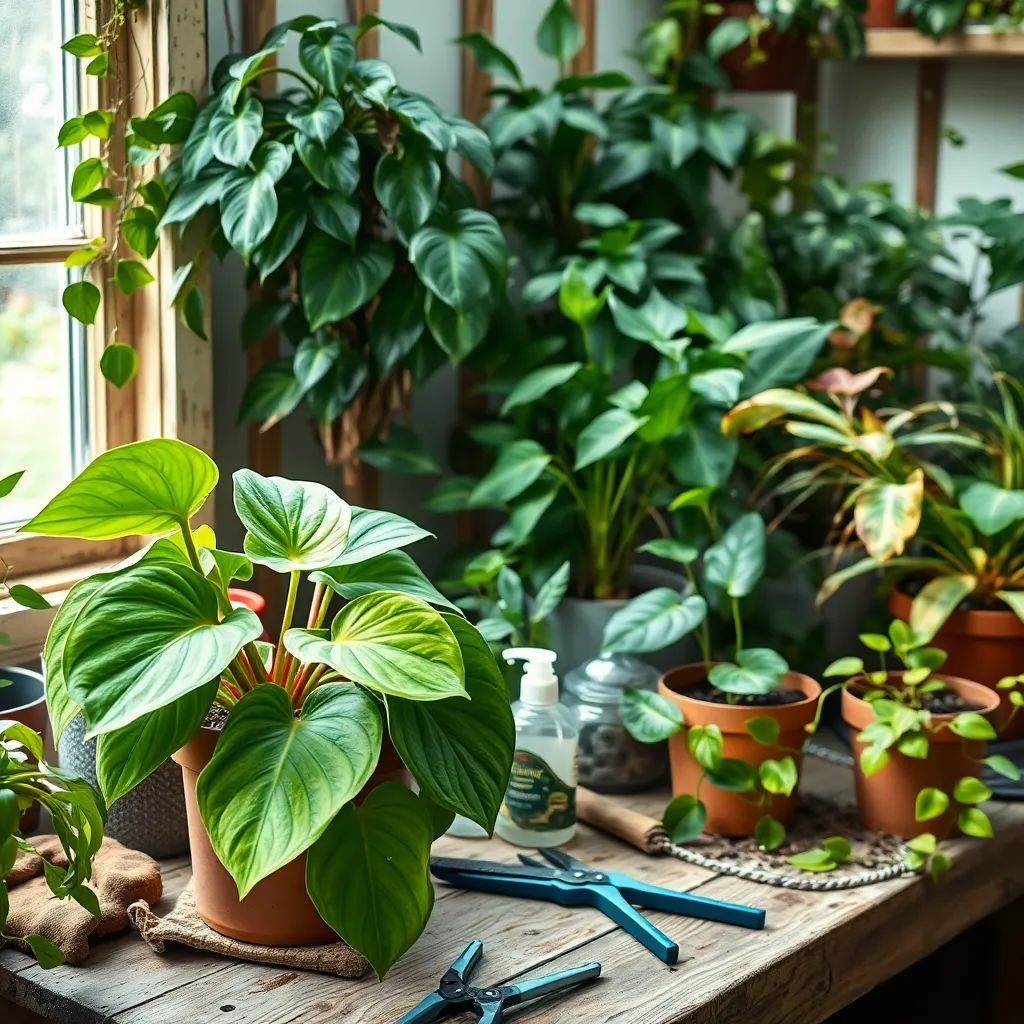
Houseplants can sometimes show signs of distress, and recognizing these early can help you save them. One common issue is yellowing leaves, often caused by overwatering, so ensure that your pots have proper drainage and allow the top inch of soil to dry out before watering again.
Another frequent problem is brown leaf tips, which can indicate low humidity or excessive fertilizer use. To address this, try misting your plants regularly or use a humidity tray, and always dilute your fertilizer to half strength to avoid nutrient burn.
Plants may also become leggy, meaning they have elongated stems with sparse leaves, usually due to insufficient light. Move your plant to a brighter spot, ideally near a window with indirect sunlight, or consider using a grow light to supplement natural light.
Pests like spider mites and aphids can wreak havoc if left unchecked. Regularly inspect your plants for small insects or webbing, and if needed, wipe leaves with a mixture of water and neem oil, which is a natural pesticide.
Conclusion: Growing Success with These Plants
As we’ve explored in ‘Houseplants for Beginner Gardeners,’ nurturing a relationship shares surprising common ground with tending to houseplants. First, understanding the needs of your partner, much like knowing the specific requirements of each plant, sets the foundation for growth. Second, communication parallels regular watering—essential for sustaining life and harmony. Third, recognizing and addressing issues early prevents them from taking root and becoming unmanageable. Fourth, patience is key; just as plants take time to flourish, so do relationships. Lastly, celebrating small milestones, akin to the joy of a new leaf sprouting, keeps the journey rewarding and exciting.
To put these insights into practice, take a moment today to engage in a meaningful conversation with your partner about their needs and aspirations. This simple action can rejuvenate your connection and set the stage for continued growth.
Remember to bookmark this article as a handy guide to revisit whenever your relationship needs a little nurturing. As you move forward, let these principles guide you towards a thriving relationship, where both you and your partner can flourish together. Embrace the journey with optimism, and know that with care and attention, success is always within reach.

